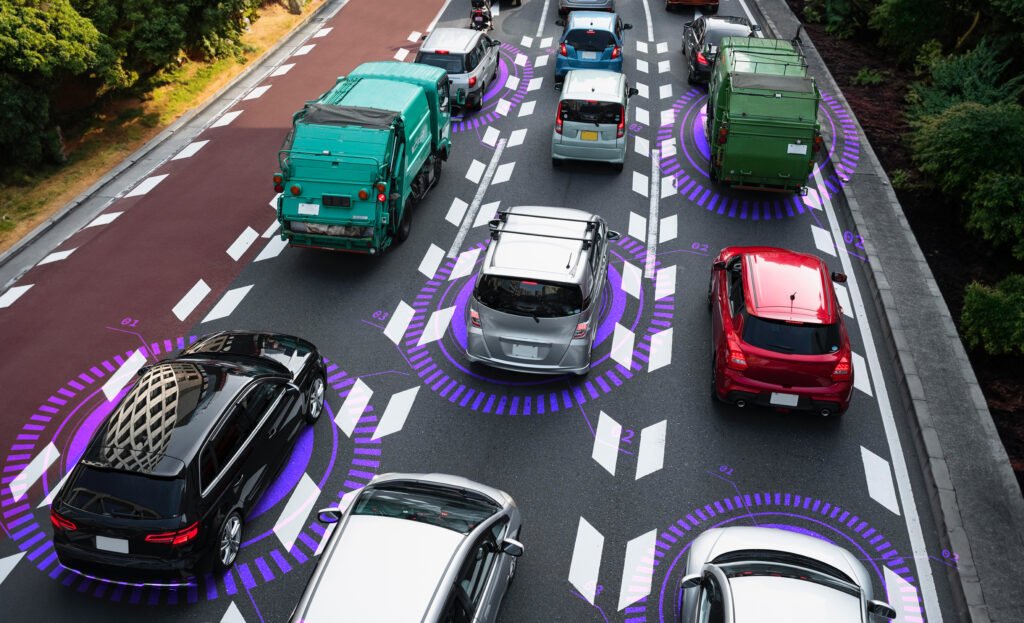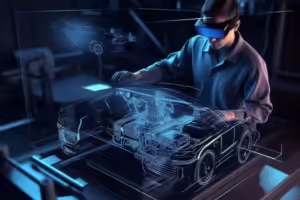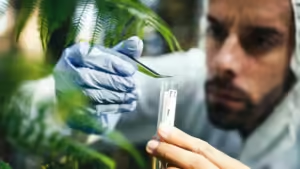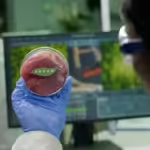Introduction to autonomous vehicles
Autonomous vehicles, also known as self-driving cars, have emerged as one of the most promising innovations in the automotive industry.
These vehicles are equipped with advanced technologies and artificial intelligence algorithms that enable them to navigate and operate without human intervention.
The potential benefits of autonomous vehicles are vast, including improved road safety, increased efficiency, and reduced traffic congestion.
However, before these vehicles can become a common sight on our roads, extensive testing is required to ensure their safety and reliability.
The importance of testing autonomous vehicles
Testing plays a crucial role in the development and deployment of autonomous vehicles.
It serves as a critical step in identifying any potential flaws or weaknesses in the system and helps evaluate the vehicle’s performance under various real-world scenarios.
Through rigorous testing, engineers can refine the technology, improve its capabilities, and address any safety concerns.
The ultimate goal is to create a robust and reliable autonomous vehicle that can navigate the roads safely and efficiently.
Challenges in testing autonomous vehicles
Despite the tremendous potential of autonomous vehicles, there are several challenges that need to be addressed during the testing phase.
One of the primary challenges is replicating the complex and unpredictable nature of real-world driving conditions in a controlled testing environment.
Autonomous vehicles must be tested in a wide range of scenarios, including adverse weather conditions, heavy traffic, and unpredictable human behavior.
Additionally, the sheer volume of data generated during testing poses a significant challenge for engineers to track and analyze effectively.
Another challenge lies in the interaction between autonomous vehicles and other road users.
Pedestrians, cyclists, and traditional vehicles may not always behave predictably, making it essential for autonomous vehicles to respond appropriately in every situation.
Ensuring that the vehicles can accurately perceive and interpret the intentions of other road users is crucial for their safe integration into the existing transportation system.
Ensuring safety in autonomous vehicle testing
Safety is of paramount importance when testing autonomous vehicles. To ensure the safety of both the occupants of the vehicle and other road users, rigorous testing procedures must be followed. This includes conducting extensive simulations, closed-course testing, and real-world trials.
The vehicles must be subjected to a wide range of scenarios, including emergencies, to evaluate their ability to respond appropriately. Additionally, the vehicles should be equipped with redundant systems and fail-safe mechanisms to mitigate any potential risks.
Furthermore, comprehensive data collection and analysis are essential in ensuring the safety of autonomous vehicles. By analyzing data from various sensors, such as cameras, lidar, and radar, engineers can gain valuable insights into the vehicle’s performance and identify areas for improvement.
This data-driven approach allows for continuous refinement of the technology and ensures that the vehicles are safe and reliable before they are deployed on public roads.
Regulatory and legal considerations in autonomous vehicle testing
The testing and deployment of autonomous vehicles also raise several regulatory and legal considerations. As autonomous vehicles operate without human intervention, existing traffic laws and regulations may need to be updated to accommodate their unique characteristics. Governments and regulatory bodies must establish clear guidelines and standards for autonomous vehicle testing to ensure the safety of all road users.
Moreover, liability and insurance issues must be addressed to determine who is responsible in the event of an accident involving an autonomous vehicle. The legal framework surrounding autonomous vehicles is still evolving, and policymakers need to work closely with industry stakeholders to develop appropriate regulations that balance innovation with safety.
Testing methods and technologies for autonomous vehicles
Testing autonomous vehicles requires the use of advanced methods and technologies. One of the most common approaches is simulation, where virtual environments are created to mimic real-world driving conditions. Simulations allow engineers to test various scenarios in a controlled and repeatable manner, significantly reducing costs and risks associated with physical testing.
Another crucial testing method is closed-course testing, where autonomous vehicles are tested in controlled environments, such as test tracks or specially designed facilities. Closed-course testing allows engineers to assess the vehicle’s performance under controlled conditions and evaluate its ability to handle various scenarios, including emergencies.
Real-world trials are also essential in testing autonomous vehicles. These trials involve deploying the vehicles on public roads to evaluate their performance in real-world conditions. Real-world testing provides valuable insights into the vehicle’s interaction with other road users and allows for the identification of any unforeseen challenges or limitations.
The role of artificial intelligence in autonomous vehicle testing
Artificial intelligence (AI) plays a crucial role in autonomous vehicle testing. AI algorithms are used to process and interpret vast amounts of data generated by the vehicle’s sensors, enabling it to make informed decisions in real time. Machine learning techniques are employed to train the vehicle’s AI system, allowing it to learn from past experiences and improve its performance over time.
AI also enables autonomous vehicles to adapt to changing road conditions and handle complex scenarios. By continuously analyzing data and learning from new situations, the vehicles can refine their behavior and become more proficient at navigating the roads safely.
Case studies of successful autonomous vehicle testing
Several companies and organizations have made significant progress in the testing of autonomous vehicles. One notable example is Waymo, a subsidiary of Alphabet Inc. Waymo has conducted extensive real-world trials in various cities, accumulating millions of miles of autonomous driving experience. Through its rigorous testing approach, Waymo has achieved remarkable safety records, showcasing the potential of autonomous vehicles when tested thoroughly.
Another case study is Tesla, which has deployed its Autopilot system in thousands of vehicles. Tesla collects data from these vehicles to improve its AI algorithms and enhance the performance of its autonomous driving features. The continuous feedback loop between Tesla’s fleet and its development team enables the company to iterate quickly and address any issues that arise during testing.
Future developments in autonomous vehicle testing
The field of autonomous vehicle testing is continually evolving, with ongoing advancements in technology and testing methodologies. As AI algorithms become more sophisticated, autonomous vehicles will become increasingly capable of handling complex driving scenarios. Testing methods will also continue to improve, with the development of more realistic simulations and advanced sensor technologies.
Furthermore, collaborations between industry stakeholders, governments, and regulatory bodies will be crucial in shaping the future of autonomous vehicle testing. By working together, these entities can establish standardized testing procedures, address legal and regulatory challenges, and ensure the safe and responsible deployment of autonomous vehicles.
Conclusion: The future of autonomous vehicles and ensuring safety on the road
As autonomous vehicles continue to evolve and progress towards widespread adoption, testing remains a critical aspect of their development. By addressing the challenges associated with testing, ensuring safety, and considering regulatory and legal considerations, we can pave the way for a future where autonomous vehicles coexist with traditional vehicles on our roads.
With advancements in AI, testing methods, and collaborative efforts, autonomous vehicles have the potential to revolutionize transportation, offering safer and more efficient mobility solutions.
However, it is imperative to prioritize safety during the testing phase to build public trust and confidence in autonomous vehicles. By navigating the challenges of testing and ensuring safety on the road, we can unlock the full potential of autonomous vehicles and create a future where our roads are safer and more sustainable.












